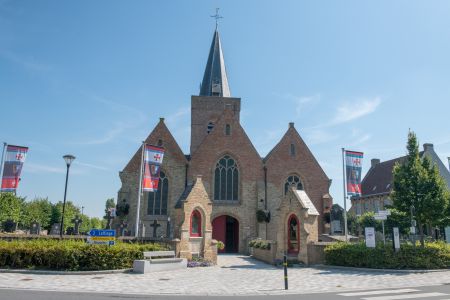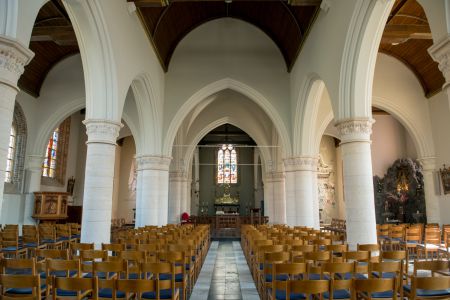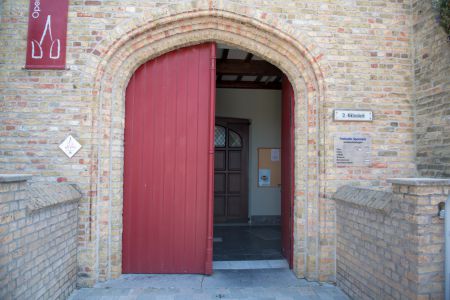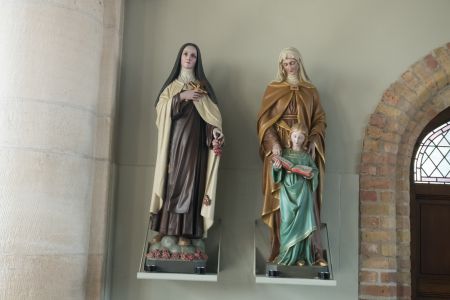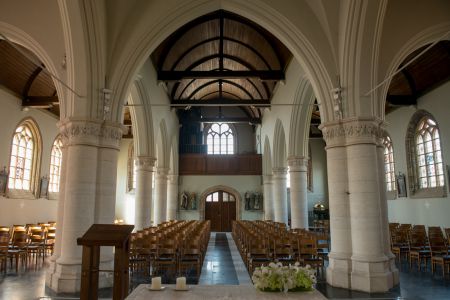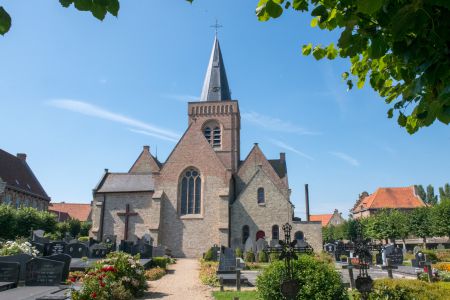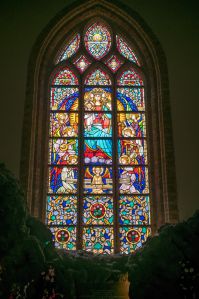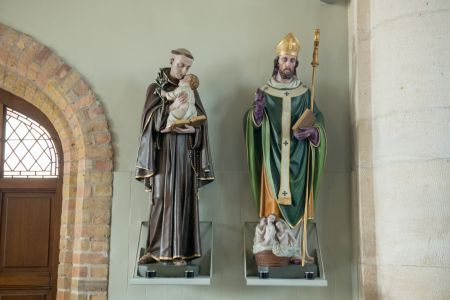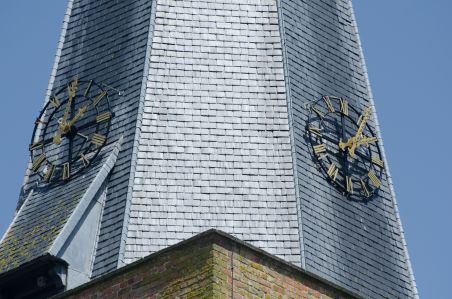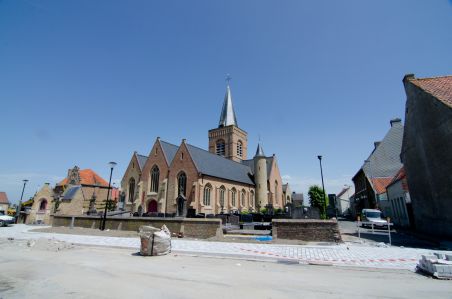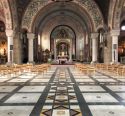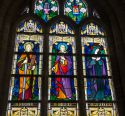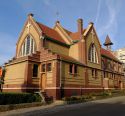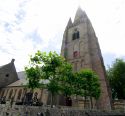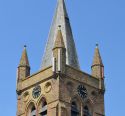Church | XX | Neogothic | Catholic Church


Map
Opening hours
01 January - 31 December
Mon 10.00 - 17.00
Tue 10.00 - 17.00
Wed 10.00 - 17.00
Thu 10.00 - 17.00
Fri 10.00 - 17.00
Sat 10.00 - 17.00
Sun 10.00 - 17.00
Religious offices
Description
In 2012 Slijpe celebrated the end of a decade of restoration works on the church. Apart from the church there are several other buildings that refer to the presence of the Knights Templar, a religious order of knights that guarded pilgrims to the Holy Land in the Middle Ages.
The tower and the eastern part of the Neo-Gothic church burned to ashes in 1822 by a vicious fire. In 1896 the church was renovated and enlarged based on a plan designed by the architect J. Soete (Roeselare). Since the church got severely damaged during the First World War, extensive renovation works were needed in 1919. T. Raison, an architect from Bruges, maintained the appearance of the pre-war hall church.
Around the church there is a walled cemetery with some old linden. The little chapels along the access path are dedicated to the Sacred Heart and they commemorate the victims of the First World War. An eighteenth century statue of the Crucifixion, standing on a rock pile and underneath a canopy, can be found near the east facade.
Near the central choir facade you can see the tombstone of Jan Janss(eune) (he probably died in 1549), a member of the Order of Saint John. His coat of arms is pictured on the stone as well as the worn symbols of the evangelists on the corners.
The church furniture includes a marble baptismal font (1651), a Neo-Gothic pulpit (early twentieth century) and two tombstones (1534 and 1559). There is a Lourdes grotto in the southern transept.
The monumental murals were recently added by the graphic artist Arno Brys from Bruges to put the Templars past of Slijpe in the limelight. They depict, among other things, the Knights Templar and the Knights Hospitaller.
Source:
Inventory Architectural Heritage
KIKIRPA : Photo-library online


